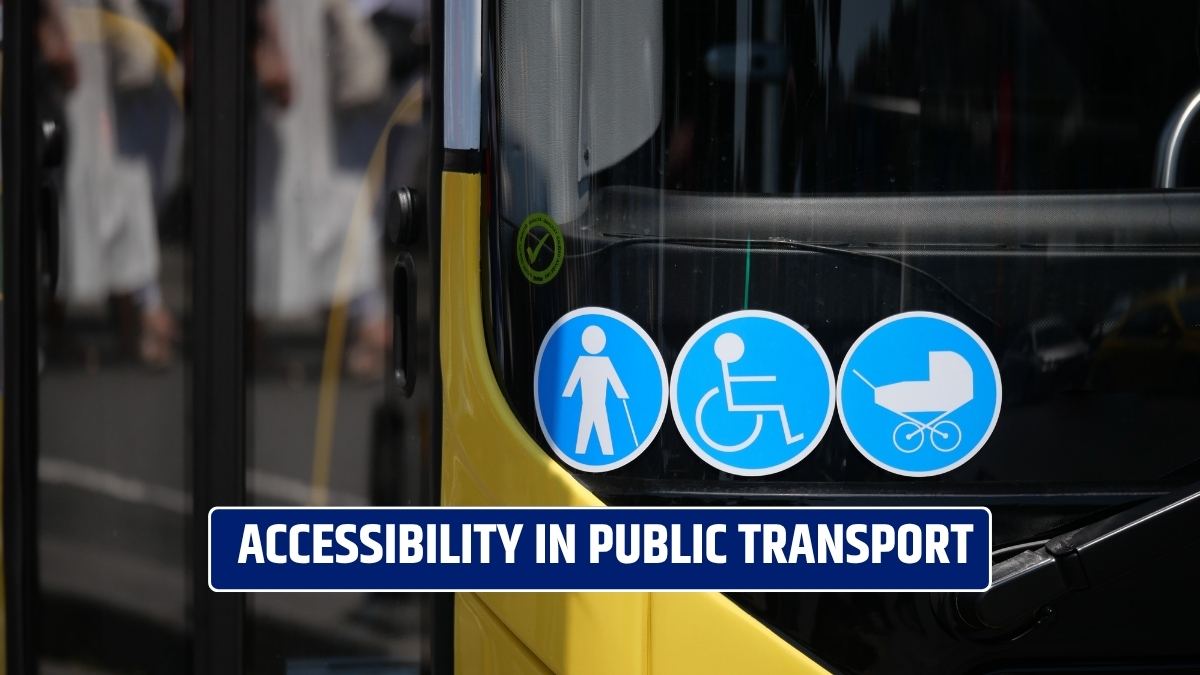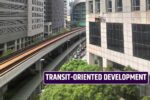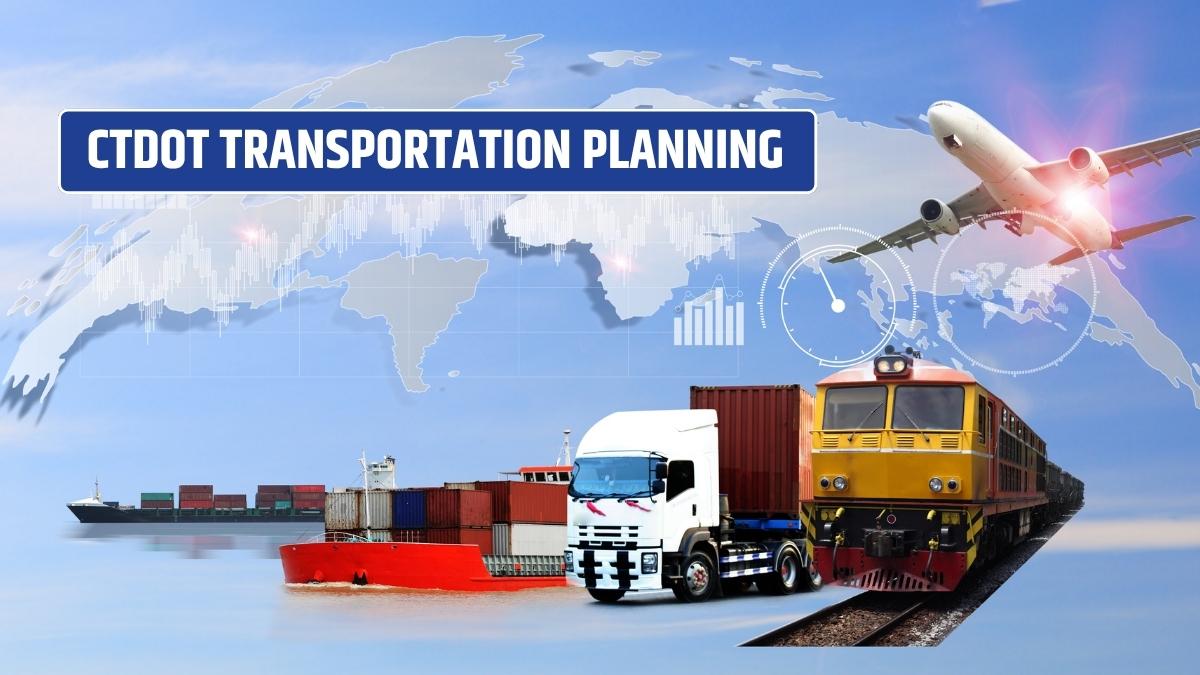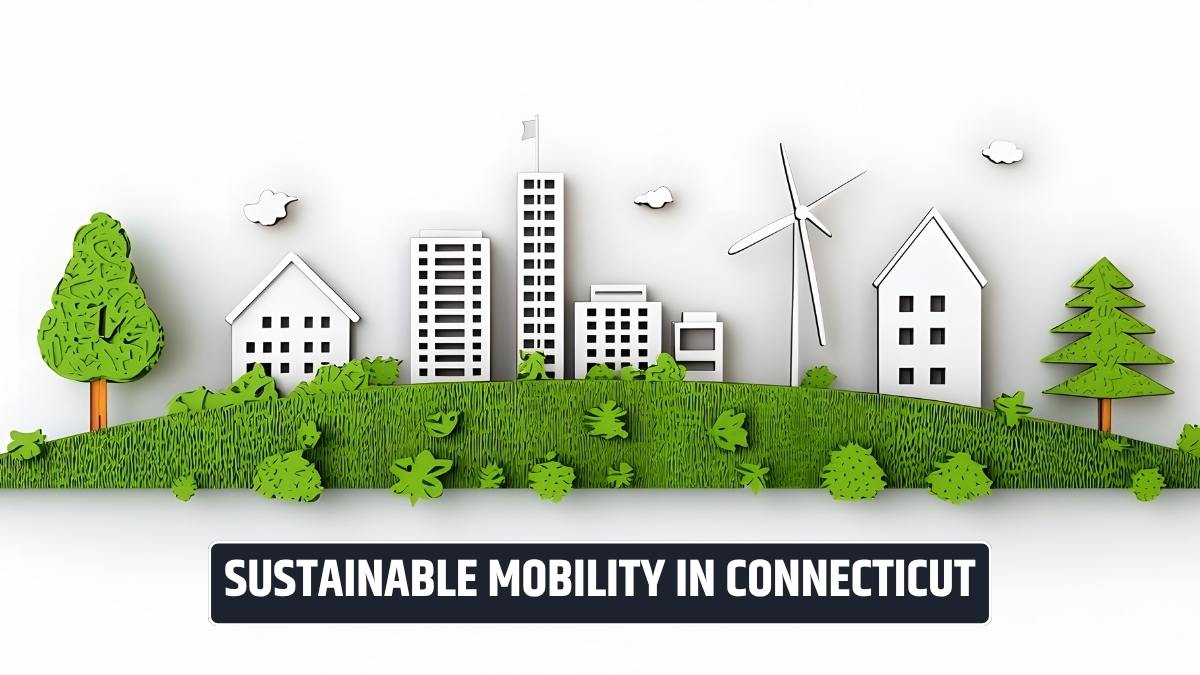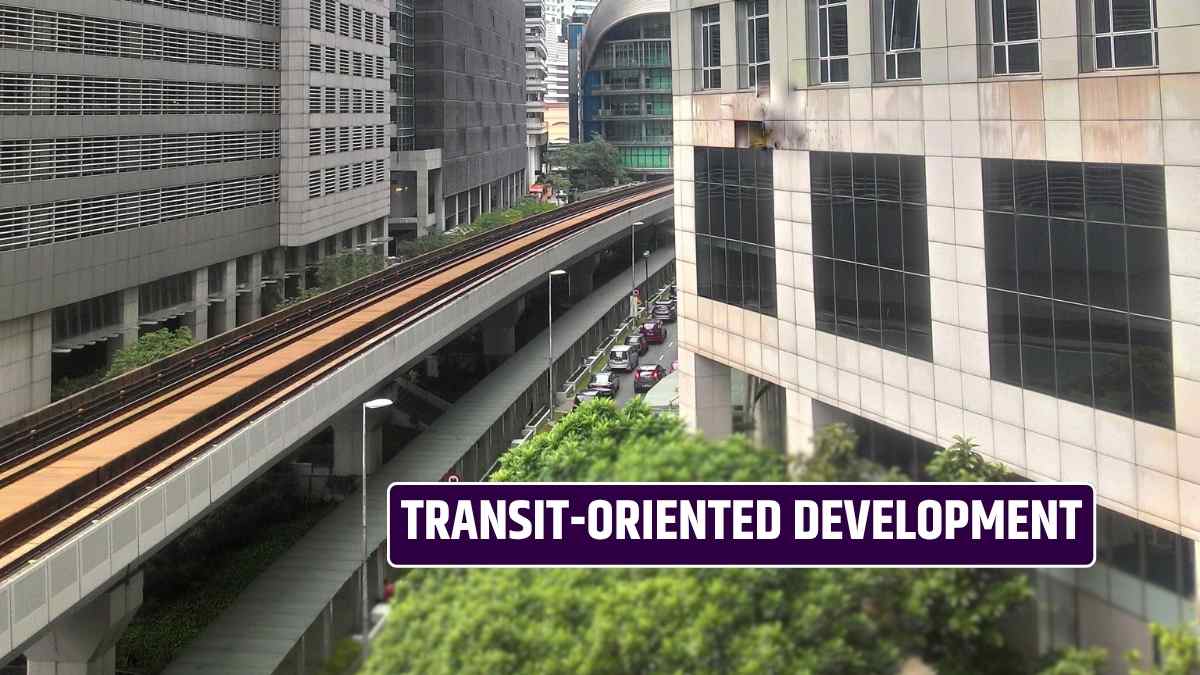Public transport becomes reliable and effective based on its rate of accessibility; in this way, it can serve all types of passengers. The Connecticut authorities know this and prioritize accessibility in transportation. The article covers everything you wish to learn about public transportation accessibility.
Accessibility in Public Transport
Public transport is an important part of people’s lives, as millions of people rely on it for mobility. Millions of people, including people with disabilities, caregivers, seniors, children, and many others, which means public transport should be accessible for all of them.
The State of Connecticut is making efforts to improve the public transit system and develop it to meet the needs of passengers and the demands of today’s era. The state has taken several steps to improve the accessibility of public transit, like ADA compliance for the train stations.
The CT DOT and other agencies ensure that public transport is accessible and safe for everyone. However, the rate of ridership in the state has not reached what it used to be before COVID, and the government is taking every measure to improve it.
What are the accessibility guidelines for Connecticut Public Transport?
Accessibility is not just about the technical solutions; it needs to be at the core of the public transport service to include everyone. The state understands this and has some guidelines and standards to follow under Public Right of Way Accessibility Guidelines (PROWAG), such as:
- Pedestrian Access Route:
- The public transport system must have a pedestrian access route of a minimum 4 ft width.
- Public transport should have an accessible pedestrian signal for all people at all stations, bus stops, and other locations.
- Curb Ramp:
- The sloped surface, called a Curb ramp, should be connected to the sidewalk to have an accessible path for wheelchairs, pedestrians, and others.
- The routes must have a detachable warning surface for all wheeled devices.
- ADA Compliant
- The public transport should be ADA-compliant, that is, the vehicles should be accessible, such as having low-floor entry, ramps, or elevators accessible for disabled people.
- The public transit system should have visual and audible communication and information access.
- The public transit staff must be trained to help people with disabilities and know how to operate the equipment.
- The public transport must have passenger loading zones with at least one accessible space.
- If you find a gap between stations and platforms, you can ask the train crew to set up a bridge plate to span the gap and travel easily.
- Buses with ramps or wheelchair lifts:
- Buses must have ramps or wheelchair lifts for people with disabilities for better mobility.
- The buses can also be lowered to first step height for the people to board the bus.
- Paratransit:
- The state offers paratransit service for people with disabilities or other individuals who cannot use the regular public transport route.
- The paratransit will offer door-to-door public transportation within ¾ mile of fixed routes.
- Communication:
- The state is now using advanced technology to communicate with people and allow them to check the public transport schedule and other information through apps and websites.
- This way, people can easily approach the system regarding complaints, check their schedule, catch the real-time alerts, and receive other benefits.
What are the accessibility challenges in Public Transport?
The Connecticut authorities need to deal with the following accessibility challenges for the success of the public transit system:
- Incomplete accessibility:
- Although the state has transportation accessibility guidelines and standards, many older stations still lack them, such as Shore Line East and Metro-North.
- Some stations still lack services for people with disabilities, such as access to restrooms, platforms, and others.
- Paratransit limitations:
- Although the paratransit system has been introduced, many areas have a rigid schedule or limited paratransit service, and others.
- The fares and eligibility rules are limited, so not all people can access the service.
- Funding gaps:
- CT Transit has already mentioned they have funding gaps, which is why the CT DOT increased the fare in September 2025 by 5% and plans to increase it again in July 2026 by 5%.
What are the Connecticut initiatives for improving accessibility in Public Transport?
The State of Connecticut has taken the following steps to enhance accessibility in Public Transport:
- Bus Stop Enhancement Program:
- The CT DOT has initiated the BSEP to upgrade bus stops, improve customer experience, accessibility, and modern infrastructure, ensuring all bus stops meet ADA Compliance.
- Rail Expansion with ADA:
- The CT DOT, in collaboration with other agencies or organizations, has started the rail expansion, including rail line improvement and extension, train station improvement, and others. The rail expansion includes ADA compliance for the train and bus stop.
- CTDOT Active Transportation Plan:
- The major concern for accessibility is that agencies never ask for the affected people’s opinions. The CT DOT Active Transportation plan is an effort of the agency to gather the concerned community feedback, vision, and concerns over mobility.
The Connectivity authorities are working to meet all the standards of accessibility in public transport and make it inclusive for everyone.
